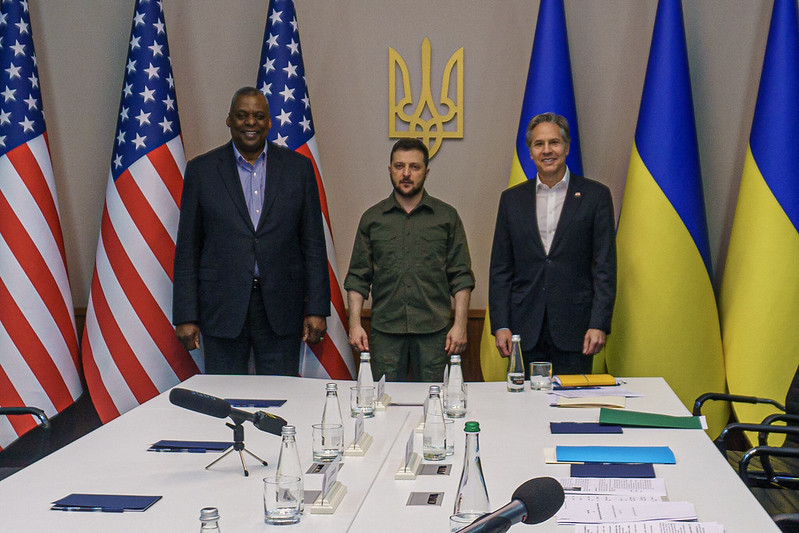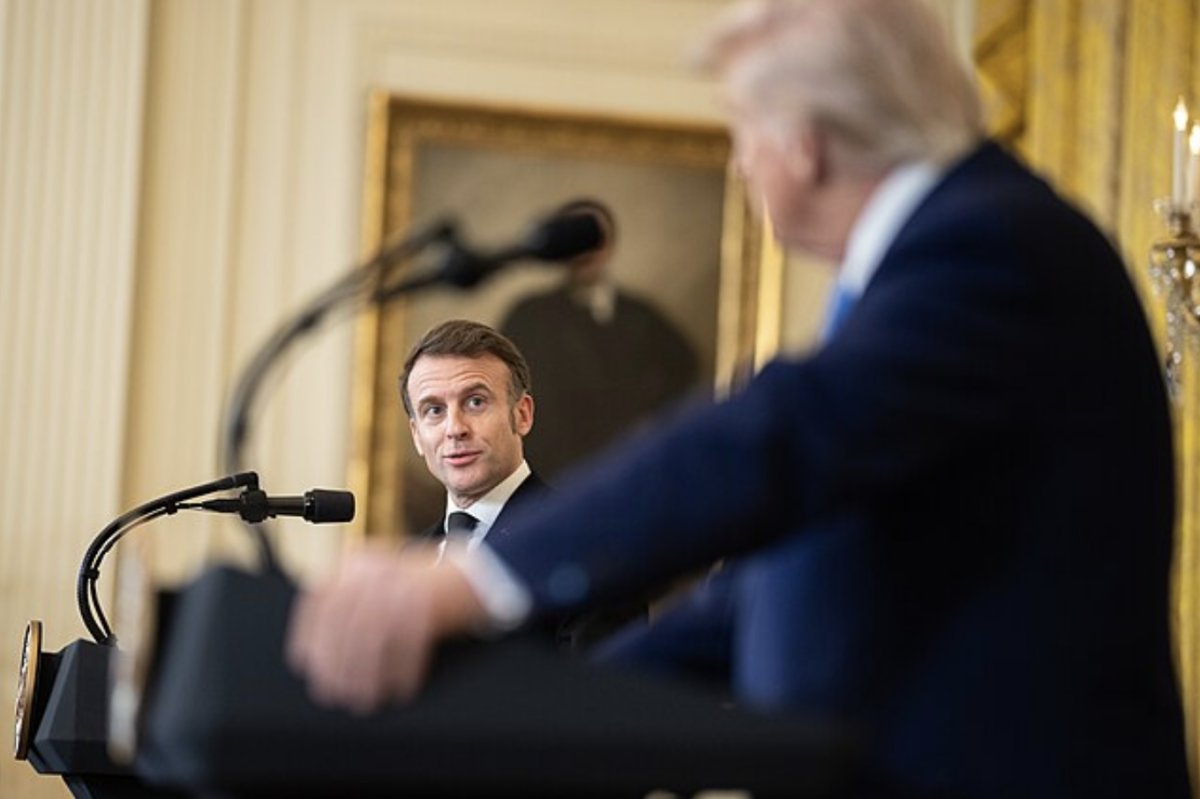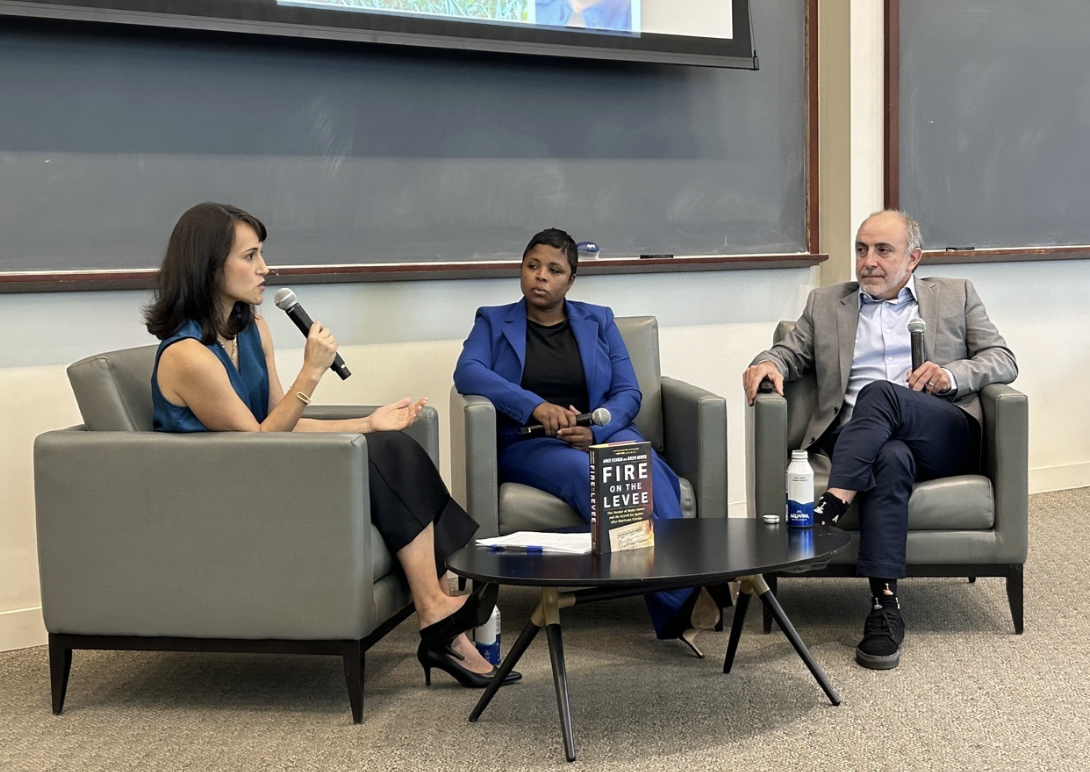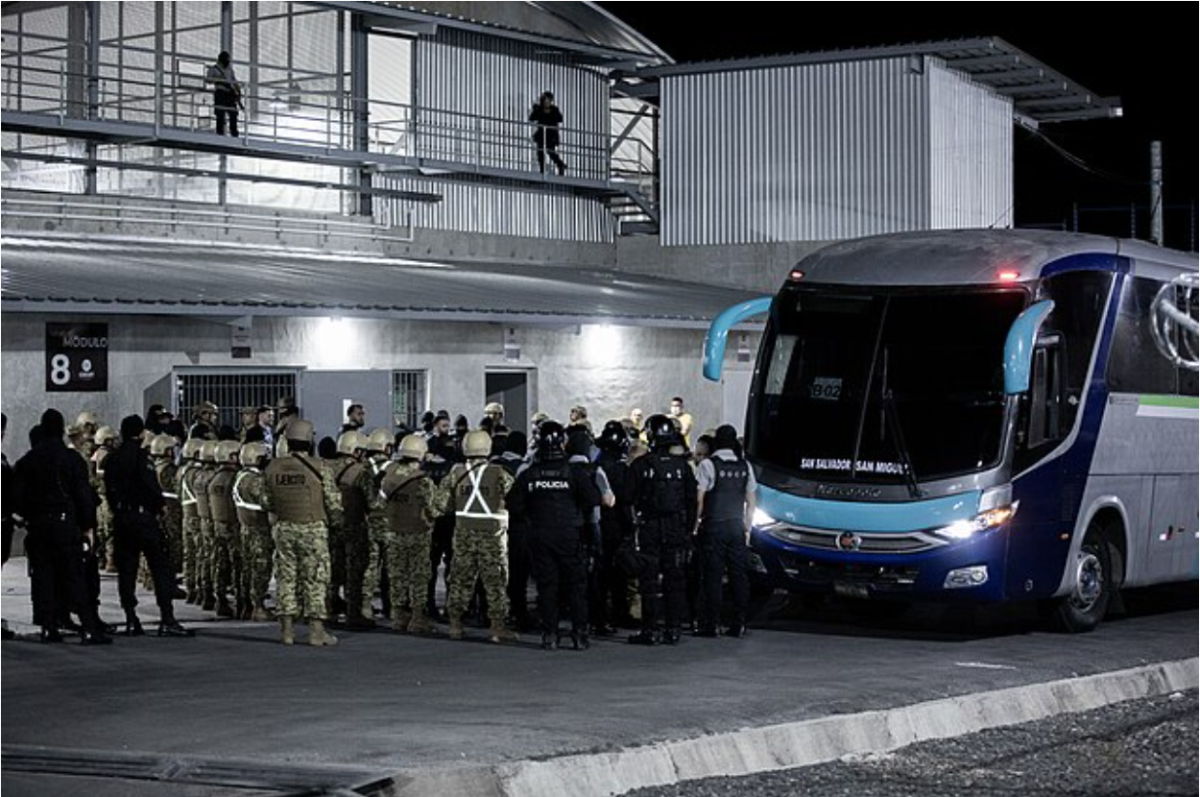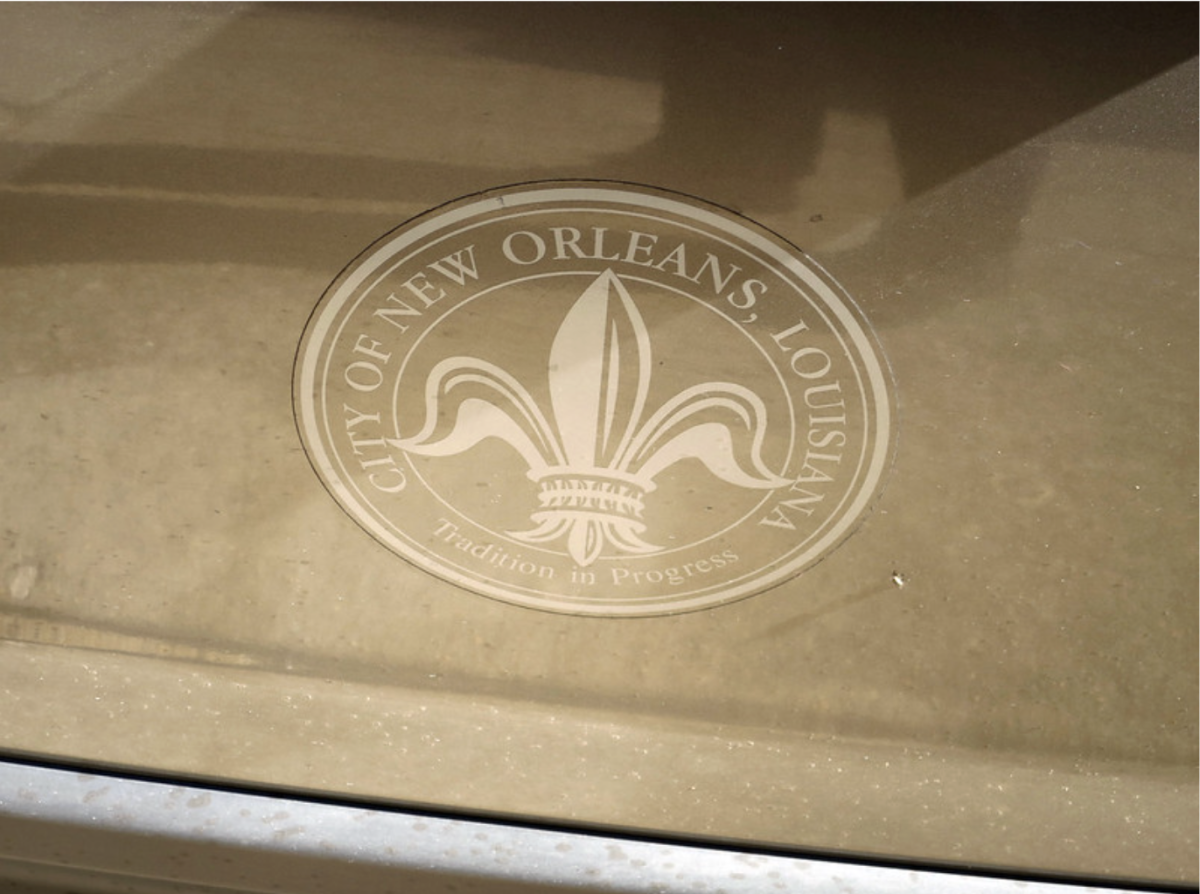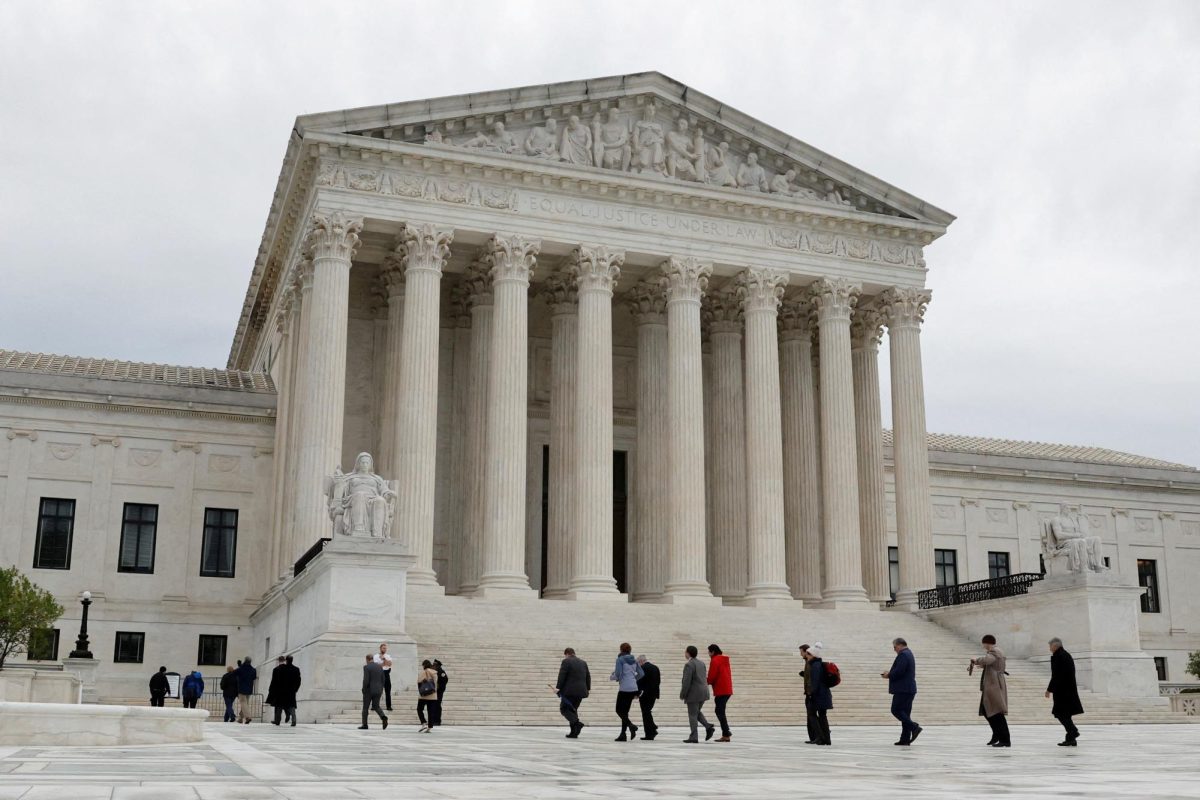As Russia’s invasion of Ukraine approaches its third calendar year and the United States stands a little over a year away from a presidential election, the American aid that Ukraine has relied so heavily on seems increasingly precarious. What was once as close to unanimous a cause as could be found in modern American politics has seen a steady drop in approval, both overall and across party lines. In March 2022, immediately after the invasion began, Pew Research Center found 74% of Americans felt the government was providing “not enough” or “about right” aid; in June 2023, that number had fallen to 47%. Reuters has released even more striking findings, with 41% agreeing the U.S should provide arms and 35% disagreeing.
As eye-opening as these findings are, the partisan differences in opinion are arguably even more so. Pew’s poll found a 30 point gap in opinions that the U.S. is doing too much to support Ukraine, while Reuters reports 15 to 20 point gaps in various questions about aid.
Vanderbilt Political Science Professor John Sides argues that this polarization is, at least in part, a consequence of a broader shifting of foreign policy views along party lines that began with Trump’s calls for greater isolationism. Opinions towards U.S. involvement abroad flipped with the rise of Trump, and foreign policy, he argues, is a realm in which the public largely relies on the messaging of political and media elites to form their views. Sides also notes that this messaging from “Trump, Trump-allied lawmakers, and some conservative news media sources” has resulted in polarization not only between the parties but within the Republican party as well, as other prominent party leaders such as Senate Minority Leader Mitch McConnell, R-Ky have continued to voice support for aid.
While the change in support has played a role in some major occurrences (most notably when it became a sticking point in the negotiations over the federal budget, a conflict that resulted in Kevin McCarthy being ousted from the currently vacant House speakership), it remains to be seen just how long the U.S. will continue to supply Ukraine’s efforts. President Biden has remained steadfast in his support, requesting $60 billion more for aid in a recent announcement. As the country approaches an election year, it appears this stance will be a target of attack from his opponents.
Meanwhile, former President Trump, the presumptive favorite for the Republican nomination, tied funding to allegations of corruption surrounding Biden’s son Hunter and called for the aid to be frozen. Opinions among his opponents are somewhat mixed; during the second GOP debate in September, several candidates placed an emphasis on opposing Russia as a way to combat China, while in the past Vivek Ramaswamy has called for allowing Russia to keep some of Ukraine’s territory to end the war. While no other candidate has yet gone as far as his proposal, it remains to be seen how they (or Trump) will alter their messages in the coming year. In any case, perpetual support for what has been Ukraine’s most vital ally is no longer the political certainty it once was.
Image by U.S Embassy Kyiv Ukraine on Flickr

